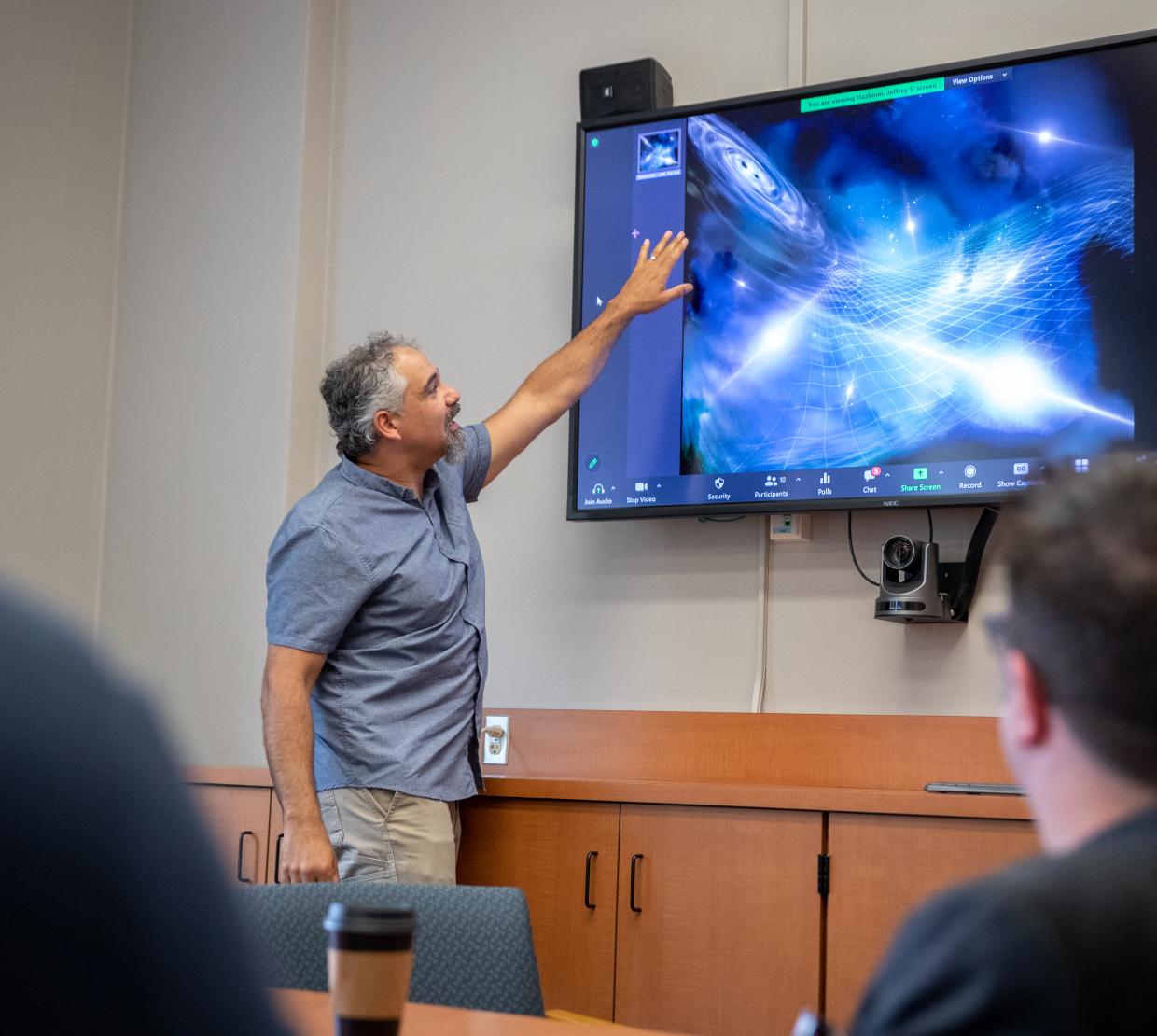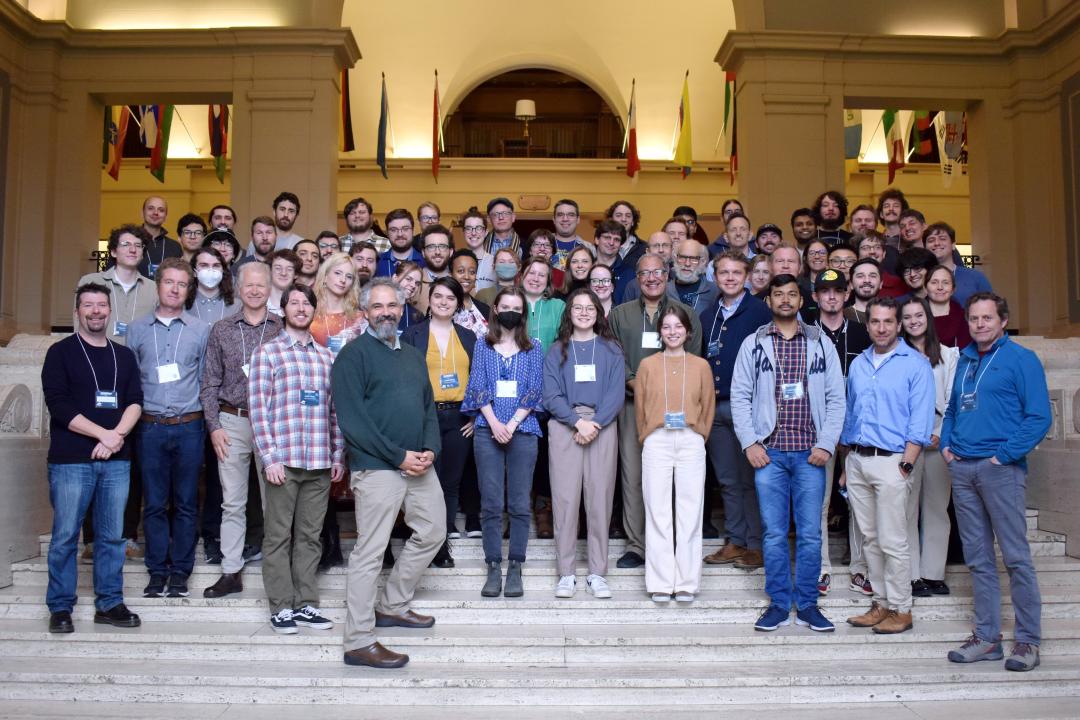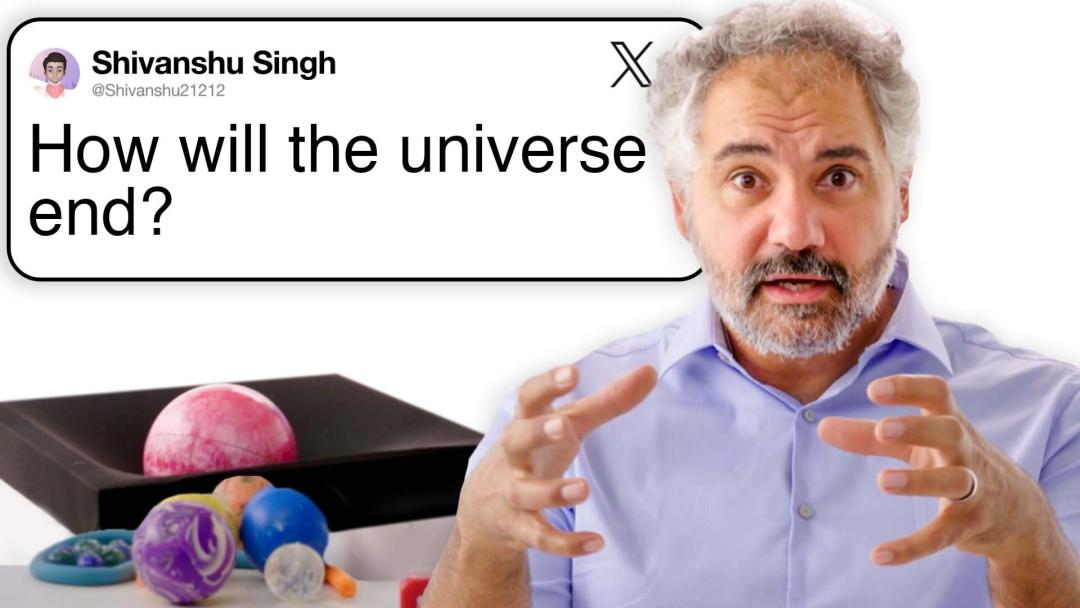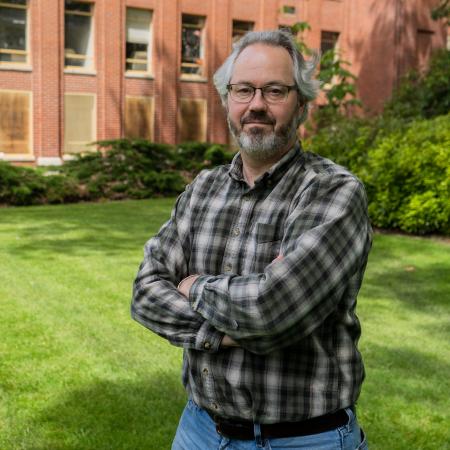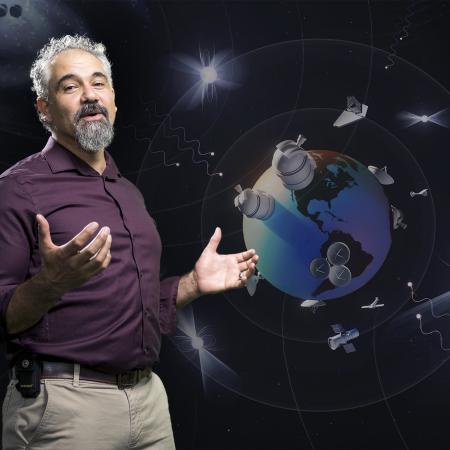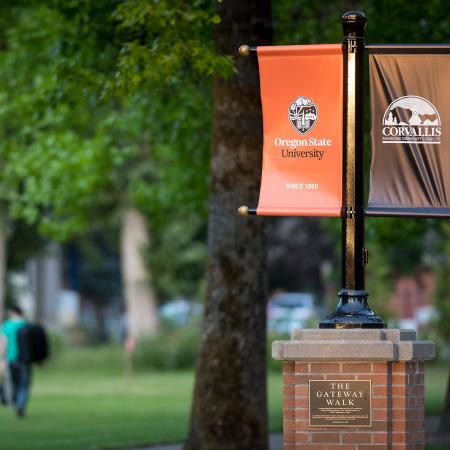NANOGrav was founded in 2007 and has since grown to nearly 200 members at more than 70 institutions. Oregon State University is the lead institution for the center, which received $17 million from the National Science Foundation. Their goal is to usher in the era of low-frequency gravitational-wave astronomy quickly and with greater impact.
Astrophysics has changed drastically since the late 2000s. From the people perspective, he has seen more physicists and physics departments focusing on equality and inviting perspectives of traditionally underrepresented groups – a change that leads to better scientific insights that make our understanding of the universe more complete.
Physics is also entering the era of big data. “Telescopes coming online right now and in the future are going to produce petabytes of data yearly and terabytes of data daily. We have to be comfortable with programming and automation that’s going to allow us to understand what we find,” he said.
Conversely, it’s important to safeguard research from automation that misses vital connections. “The woman who discovered pulsars used sheets of paper with printed data. Who knows if a machine would have seen those or not,” Hazboun said.
In the next decade, physics might experience even more ground-breaking discoveries.
NANOGrav is currently analyzing 20 years of data that was collected using a unique detector. Hazboun can’t check the detector in person—it’s not on Earth. Instead of using widely spread interferometers on the ground, the NANOGrav team used pulsars, cores of dead, massive stars that rotate hundreds of times per second while beaming radiation from their magnetic axes. Researchers can use a group of those pulses, also known as a pulsar timing array, to measure gravitational wave signals.
“When we add a little bit of data, we do a search over the entire data span,” he said. “Trying to wring out as much information from that 20-year data set as possible is a really important part of our job.”
As a result, sometimes the data sends them on a side quest. Hazboun recently published a paper about using pulsar data to provide insights into solar wind. The sun releases a constant stream of particles and magnetic fields, called solar wind.
When researchers look at a pulsar, sometimes the line of sight comes close to the sun and is strongly affected by the solar wind. Modeling out that influence is important for understanding the underlying gravitational wave signal, but it turns out the team can also learn about solar wind.
Detector characterization is another project Hazboun is working on. Characterization involves understanding how the actual performance of gravitational wave detectors compares to the expected performance. It is important to understand the sensitivity of the pulsar timing array, the combination of different pulsar’s signals, to accurately predict future results.
“It’s just like when you build a space telescope or a different type of detector that you plan to send to space. The engineers need to understand what the equipment will be able to see before they send it up,” he said. “My team works on that.”
Hazboun said NANOGrav has now detected a symphony of black holes and the goal is to eventually be able to detect single sources.
